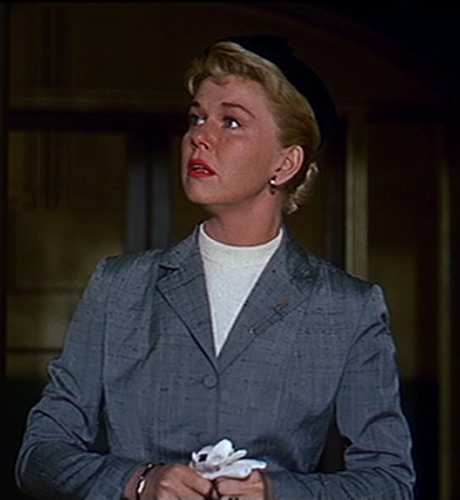The Storm Cloud Cantata
Hitchcock's passion for the grandiose displays itself prominently in TMWKTM. Shots in The Royal Albert Hall are obscenely large and strive to capture all in a single frame. The music in this scene dictates the action. In essence, what we hear controls what we see. From the musical murder cue to Jo's dramatic interruption, image remains subordinate to sound.

Jo cries at the most beautifully textured parts of the Cantata and as its desperation grows, so does her own. Hence, Sir Arthur Benjamin’s Storm Cloud Cantata plays the role of actor at The Albert, supplanting the nonexistent dramatic dialogue for a span of nearly ten minutes. Indeed, rather than simply replace dialogue the music also reflects the action onscreen. Jo’s eyes begin to swell with tears as the music’s tension builds and the gunman’s pistol begins its fell decline to its target’s heart. As the music reaches its climactic delayed cadences on “Finding release,” Jo lets out her redemptive scream and the assassin lets fly his errant bullet. Indeed, both would-be murderer and rescuer find release in this cadential moment, just seconds before the piece’s actual close [12]. Also, as she lets loose this horribly long and loud scream, her face is as contorted with tension as the music itself. She indeed "finds release" through the Strom Clouds.

Even Jo's song in the Embassy propels the camera directly to Hank's ear in a stunning sequence. We first see her at the piano, singing her heart out, and are then led through corridors, up stairs and past doors to the crying Hank.